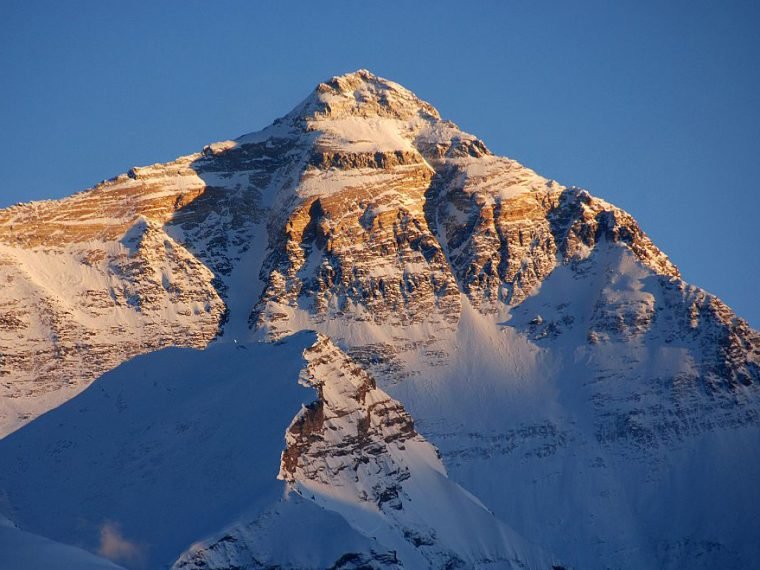By Li Yang, People’s Daily
At 4:20 a.m. on May 25, 1960, Wang Fuzhou, Gonpo, and Qu Yinhua, mountaineers with an average age of 24 years old, ascended to the top of Mount Qomolangma from its northern slope, which is considered so high that even birds can’t fly over. It was the first time that Chinese people had reached the top of the world’s highest peak, and also the first time that mankind had climbed to the summit of Mount Qomolangma from its northern slope.
“In those years, our climbing gear was quite rudimentary. Since we didn’t have metal ladder, we built a human ladder to climb the mountain. We thought we must reach the summit, even if only one of us could do it,” said the Tibetan climber Gonpo, who can still vividly recall the feat of great daring.
“The first thing we did after reaching the top of the mountain was to erect our national flag. We wanted to show the world that Chinese people can do it,” Gonpo added.
On Oct. 1, 1960, Tibet mountaineering camp, which later became the China Tibet Mountaineering Team, was established, with Gonpo and his fellow teammates who took part in the ascent of Mount Qomolangma in 1960 forming the backbone of the camp.
After the first successful ascent of the world’s tallest mountain in 1960, generations of Tibetan mountaineers have continued to create new world records for mountaineering: more than 300 people have scaled Mount Qomolangma; over 460 people have reached the tops of mountains that are more than 8,000 meters in height; three people have conquered all the world’s 14 peaks above the altitude of 8,000 meters; and two members of the China Tibet Mountaineering Team have accomplished the magnificent feat of reaching the summits of the highest mountains on each of the world’s seven continents and trekking to the South and North Poles.





